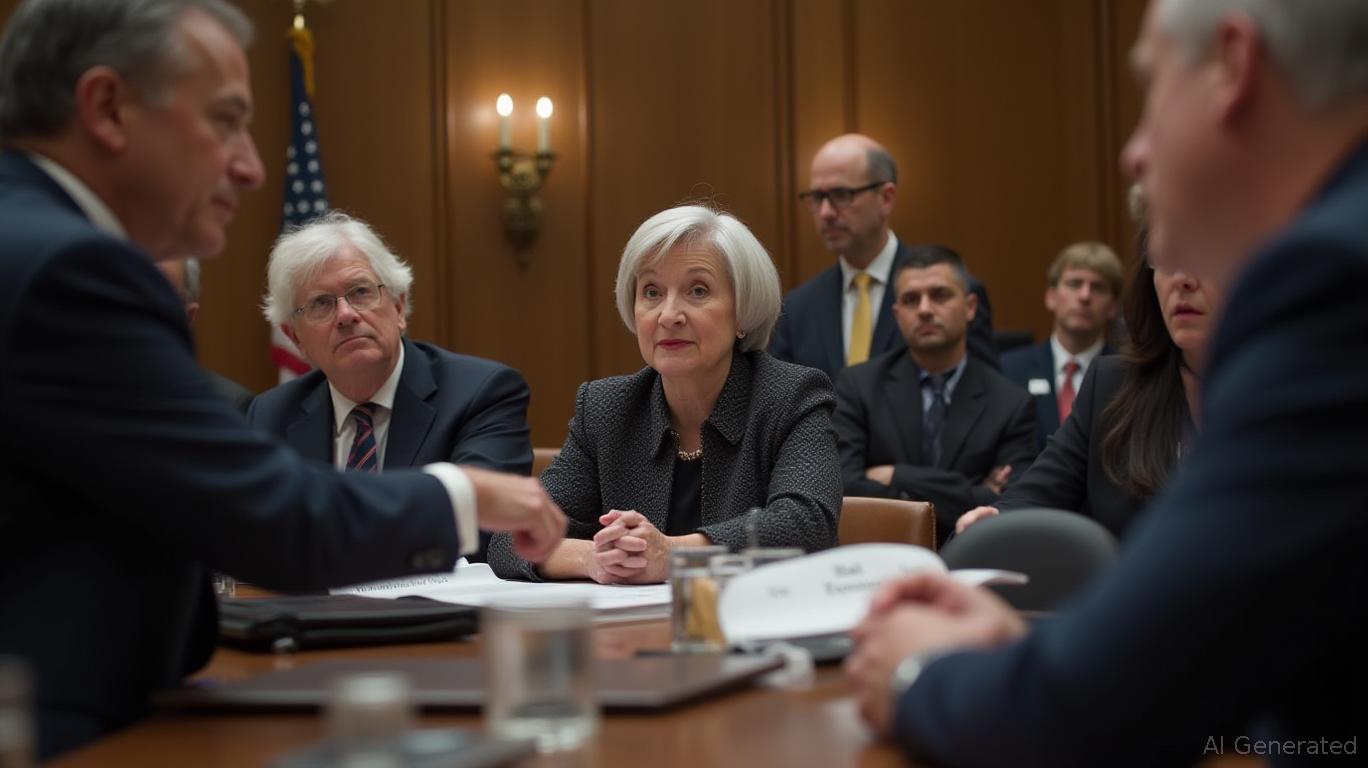Treasury Reduces Borrowing Thanks to $891B Cash Reserve and Federal Liquidity Program
The U.S. Treasury Department has lowered its fourth-quarter borrowing forecast to $569 billion, which is $21 billion less than what it projected in July. This revision is attributed to a larger-than-anticipated cash balance at the beginning of the October to December timeframe,
Looking ahead to January through March 2026, the Treasury expects to borrow $578 billion, aiming for an $850 billion cash balance at the end of March. This updated path is a shift from the record $776 billion borrowed in the October-December 2023 quarter, highlighting greater fiscal flexibility thanks to steady cash reserves, Barron's observed. The Treasury's borrowing plans are also shaped by anticipated revenues such as tariffs, though some legal uncertainties remain. The Supreme Court's forthcoming decision on former President Donald Trump's tariff measures could affect revenue projections and, in turn, future borrowing, Barron's added.

The Federal Reserve has also indicated its influence on borrowing conditions. After three years of reducing its balance sheet, the Fed intends to restart Treasury purchases in early 2026, injecting $35 billion into the market each month to help maintain liquidity,
The Treasury’s revised borrowing outlook also underscores the connection between fiscal and monetary policy. While the department’s fourth-quarter projection is based on an $850 billion cash reserve, the Fed’s upcoming Treasury purchases may further relieve market strain. For example, starting December 1, the Fed will reinvest $16 billion per month from mortgage-backed securities into Treasury bills, which will help absorb part of the anticipated $648 billion increase in T-bill issuance in 2026,
Investors continue to monitor the broader impact of these policy moves. The U.S. borrowing trajectory, combined with the Fed’s liquidity support, is influencing market sentiment. Analysts highlight that the 10-year Treasury yield has narrowed to 4.1% from 4.8% in January, signaling less concern about supply pressures. Nonetheless, uncertainties remain, especially regarding the Supreme Court’s upcoming tariff decision and its possible fiscal consequences.